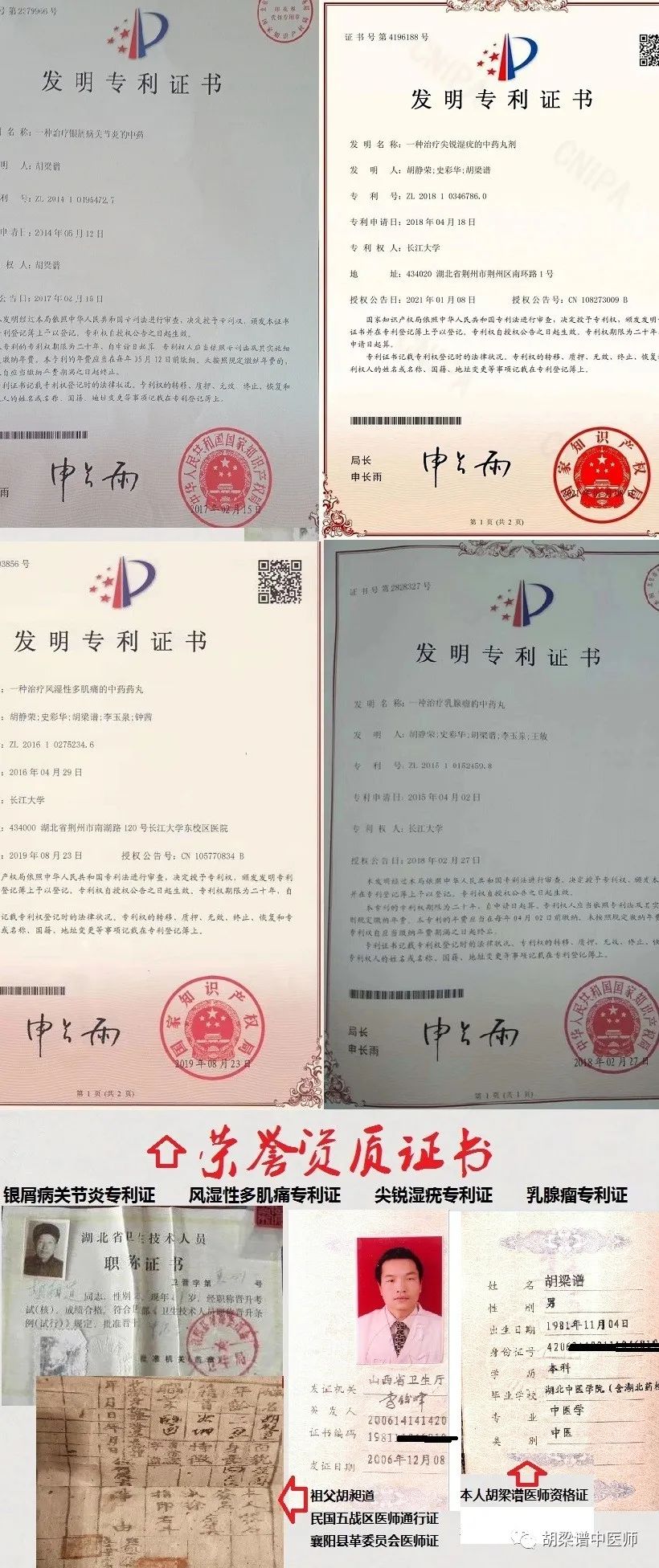The concept of “Yin-Yang” in Traditional Chinese Medicine (TCM) is a topic that can be endlessly discussed. However, anyone interested in TCM, with a degree of confidence, will have some understanding and analysis of “Yin-Yang”. In fact, to some extent, it can be said that the theory of “Yin-Yang” is the cornerstone of TCM health preservation.
In the Suwen: Shangqi Tongtian Dalu: “The essence of Yin and Yang is that Yang is dense and firm; if the two are not harmonious, it is like spring without autumn, or winter without summer. Therefore, achieving harmony is called the sacred measure.” This is a fundamental overview of the relationship between Yin and Yang. Here, the ancients made their meaning very clear: to achieve health, one must follow the principle of Yin-Yang balance.

So, what state is considered “Yin-Yang balance”?
In the Suwen: Shangqi Tongtian Dalu: “When Yin is balanced and Yang is hidden, the spirit is treated; when Yin and Yang are separated, the essence and Qi are exhausted.” This is a very famous scripture. “Yin balanced and Yang hidden” means that “balance” is achieved when Yin is calm and yielding, and Yang is firm and dense; these two terms are interrelated and together form the concept of balance.
Understanding Yin balanced and Yang hidden provides a general understanding of Yin-Yang balance: on one hand, there is no distinction between which is stronger or weaker; if Yin and Yang are placed on opposite ends of a scale, it is a level state; secondly, even if the strengths of Yin and Yang are equal, Yin must have its own nature, and Yang must have its own characteristics. Only when both aspects are present can there be a complete “Yin-Yang balance”.
If we understand the abstract concept of Yin-Yang as the energy of life, we can explain the fluctuations of this energy using the concepts of Qi and blood deficiency or excess, which represents the process of Yin-Yang moving from balance to imbalance. I believe this can be roughly divided into four situations:

1. Yin-Yang Balance: This is the most ideal state, representing the form of our body in a healthy state. This has been discussed in detail earlier, so I will not repeat it here;
2. Yang Deficiency: From here on, it already belongs to the state of “Yin-Yang imbalance”. Generally speaking, the imbalance of Yin and Yang begins with “Yang deficiency”. Why is this the case? In the Suwen: Yin Yang Yingxiang Dalu: “Yin is internal, Yang is protective; Yang is external, Yin is the agent.” This indicates that “Yang Qi” is external and more functional, and these two characteristics determine that it is more easily depleted than Yin.
Yang deficiency is typically manifested as a general lack of “life energy”. When external pathogens invade, the body may have “righteous Qi” to resist, but the resistance is insufficient. Thus, various obvious symptoms appear, and “weakness and frequent illness” is synonymous with Yang deficiency, such as frequent colds or allergies; this is the first stage of “Yin-Yang imbalance”.
3. Yin Deficiency: Due to the interdependent nature of Yin and Yang, if Yang deficiency is not promptly adjusted, meaning “the deficient should be supplemented”, then the situation of “Yang damaging Yin” will occur. Since Yin fluids tend to be a form of “stored” energy compared to Yang Qi, Yin deficiency represents the consumption and insufficiency of this reserve energy.
Due to the depletion of Yin fluids, the body presents a series of “deficiency heat” symptoms, but note that this is only a false appearance, merely indicating that Yin is insufficient to anchor Yang.
When Yin deficiency occurs and external pathogens invade, the righteous Qi is insufficient to resist, allowing the external pathogens to penetrate easily. At this time, it may appear as a state of “no problem”. It is important to note that this does not mean that external pathogens cannot make a Yin-deficient person sick; rather, it is the insufficiency of righteous Qi that leads to the “inability to become ill”; this is the second stage of “Yin-Yang imbalance”.

4. Both Yin and Yang Deficient: When Yang damages Yin, it is actually a state of “both Yin and Yang deficiency”; however, initially, it primarily manifests as “Yin deficiency”. Therefore, generally speaking, from a health preservation perspective, we do not consider the Yin deficiency caused by Yang damage as both Yin and Yang deficiency.
Only when Yin deficiency reaches a certain degree, and both Yin and Yang are fundamentally deficient, does the body begin to show significant problems without needing external pathogens. Because both daily energy “Yang Qi” and stored energy “Yin fluids” are insufficient, the body needs to obtain necessary energy from other parts: for example, weight loss is a result of fat breakdown.
The manifestations of both Yin and Yang deficiency include functional decline and insufficient nourishment. In summary, it is a situation where deficiency cold and false heat are intertwined. The more troublesome aspect is that nourishing Yin will further weaken Yang, while warming Yang will further deplete Yin; thus, the treatment for both Yin and Yang deficiency can only be approached “gradually and cautiously”, avoiding harsh and excessive supplementation. This is the third stage of “Yin-Yang imbalance”.



